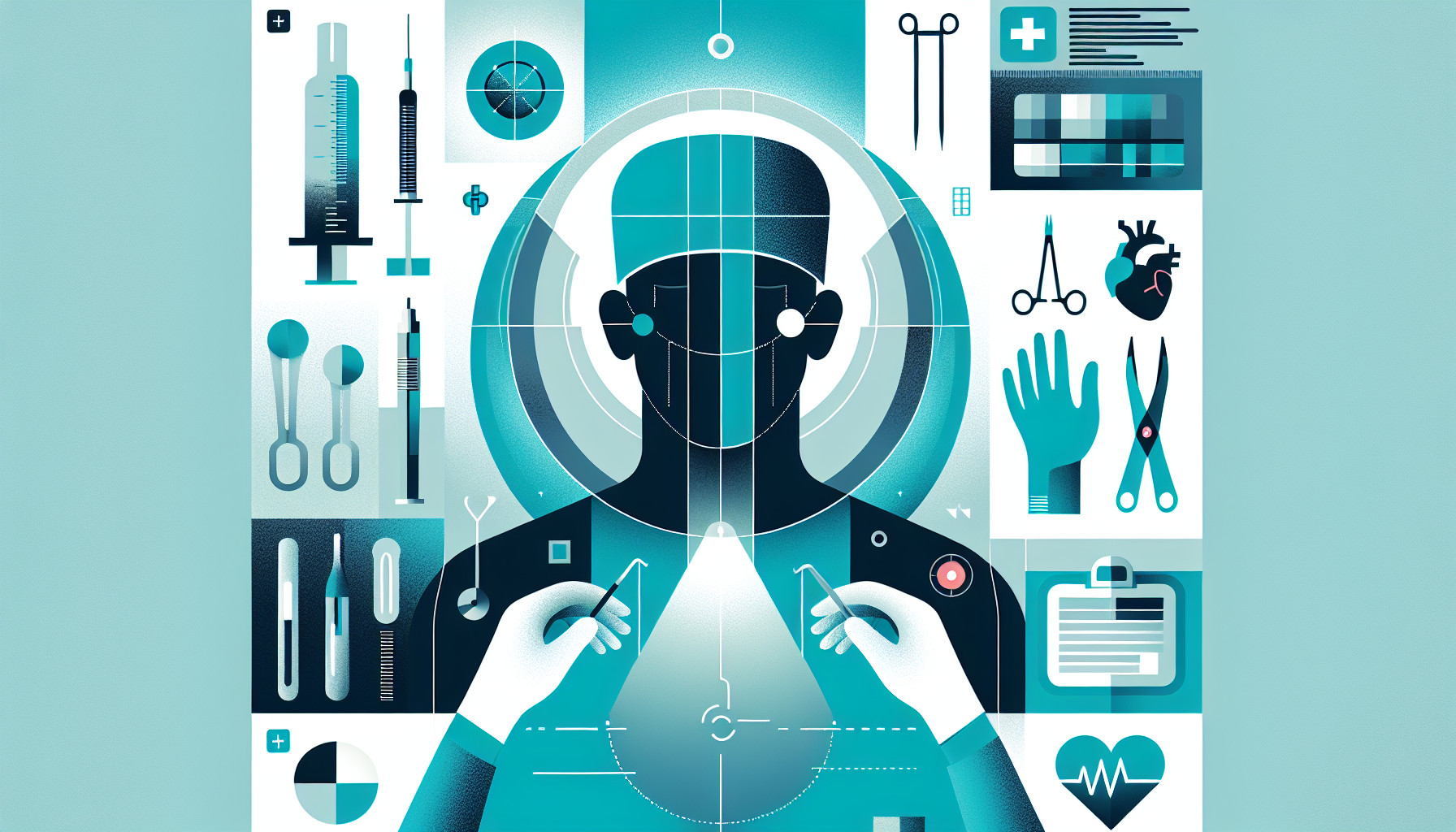Our Summary
This research paper is about the best methods to secure skin grafts, which is a common procedure in plastic surgery where a piece of skin is transplanted to another part of the body. The researchers looked at various studies on the topic to determine the most effective approach. They found that using negative pressure wound therapy (NPWT), a method that helps promote healing by applying a vacuum to the wound, is the most successful way to secure skin grafts. However, it’s also more expensive than other methods. They also found that fibrin glue (FIB) and tie-over bolster (TOB), two other techniques, are good at reducing complications like blood and fluid accumulation. However, these methods were not as successful as NPWT in securing the graft.
FAQs
- What is the most effective method for securing skin grafts according to the research?
- What are some alternative techniques to NPWT for securing skin grafts and how effective are they?
- Why is NPWT more expensive than other methods for securing skin grafts?
Doctor’s Tip
A helpful tip a doctor might tell a patient about skin graft surgery is to follow post-operative care instructions carefully to ensure proper healing and successful graft integration. This may include keeping the wound clean and dry, avoiding activities that could put strain on the graft site, and attending follow-up appointments as scheduled. Additionally, maintaining a healthy lifestyle with a balanced diet and abstaining from smoking can promote faster healing and reduce the risk of complications.
Suitable For
Patients who may be recommended skin graft surgery include those with severe burns, extensive wounds, traumatic injuries, skin cancer removal, and certain types of infections. Additionally, patients with chronic wounds that have not healed with other treatments may also be candidates for skin graft surgery. Skin grafts can help improve function, appearance, and quality of life for these patients.
Timeline
Before skin graft surgery:
- Consultation with a plastic surgeon to determine if a skin graft is necessary and feasible.
- Pre-operative preparation, which may include blood tests, imaging scans, and skin assessments.
- Anesthesia administration before the surgery begins.
- Removal of the damaged or unhealthy skin that will be replaced with the graft.
- Harvesting of healthy skin from another part of the body for the graft.
- Placement of the skin graft onto the prepared area and securing it in place.
After skin graft surgery:
- Recovery in the hospital or outpatient facility, with monitoring of vital signs and pain management.
- Dressing changes and wound care to prevent infection and promote healing.
- Physical therapy or rehabilitation to regain mobility and function in the grafted area.
- Follow-up appointments with the surgeon to monitor healing progress and address any complications.
- Scar management to minimize scarring and improve the appearance of the grafted area.
- Gradual return to normal activities and daily routine as the skin graft fully heals.
What to Ask Your Doctor
- What is the success rate of skin graft surgery in my specific case?
- What are the potential risks and complications associated with skin graft surgery?
- How long will it take for the skin graft to heal completely?
- Will I need to undergo any additional procedures or treatments after the skin graft surgery?
- How should I care for the skin graft site post-surgery to promote healing and prevent infection?
- Will I experience any scarring or changes in skin texture/color at the graft site?
- Are there any lifestyle changes or restrictions I need to follow during the recovery period?
- How soon can I expect to see the final results of the skin graft surgery?
- What are the alternatives to skin graft surgery and how do they compare in terms of effectiveness and recovery time?
- What is the cost of skin graft surgery and will my insurance cover it?
Reference
Authors: Seretis K, Bounas N. Journal: J Plast Reconstr Aesthet Surg. 2024 Sep;96:146-157. doi: 10.1016/j.bjps.2024.07.005. Epub 2024 Jul 14. PMID: 39089211
